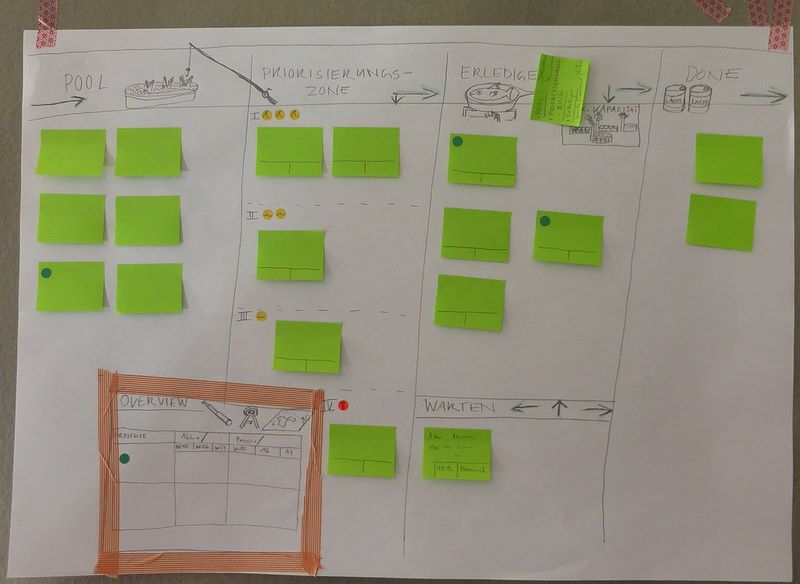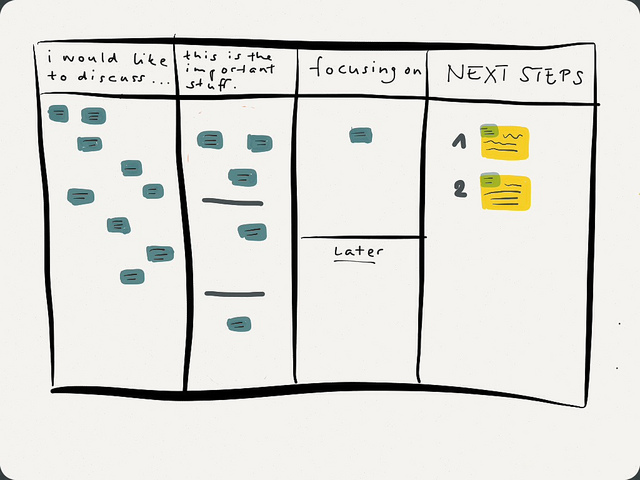The Agile Learning Center at Manhattan Free School is designed to put young people in the driver’s seat of their learning and living – giving them the same opportunity and responsibility that we have as adults – to create their own lives.Each morning, we begin with a standup meeting. Everyone takes a turn stating their intentions for the day and making requests for any support they may need. At the end of the day, we come back for another standup meeting to reflect. Did we fulfill our intentions? If so, how? If not – why? What might we do differently tomorrow based on our awareness of today?This daily cycle of creation and reflection produces a powerful feedback loop, providing us clear information about the choices we make and the results of those choices. Between the bookends of this daily cycle, kanban boards are used to support mindfulness in our decision-making process.After morning standup, we use kanban boards to make our intentions visible. Speaking intentions is a start, but making them visible in physical space takes our awareness and commitment to the next level. Now we have a self-created roadmap for what’s possible.
From there, students practice prioritizing by surveying the possibilities for their day and moving things into READY or “Get Set”. What do I really want to do today? Who could I work or play with? What will nurture my body, mind, and spirit? A nine year-old may not be using these words or asking these specific questions, but the kanban process has them considering all of these factors in their own way.Next, we get to experience the power of making what’s possible a reality by pulling the selected intention into DOING or “Go”. ACTION! Deep engagement ensues. When we take the time to make conscious choices, we tend to be more focused, present, and committed to our actions, because we are taking ownership over the whole process.
When an intention is fulfilled, a task completed, or a curiosity explored, we come back to move the story across the finish line. Crossing the finish line does not mean that the story is over and done with. However, it does mark what we have created, and gives us the opportunity to reflect, assess, and constantly improve.
The kanban board is an extremely effective tool for breaking through our automatic thinking – informing ourselves of the past, visualizing the future, and bringing our attention to the present.Agile Learning Centers is an open-sourced education model for the 21st Century. Learn more about the very first Agile Learning Center at AgileLearn.org



















